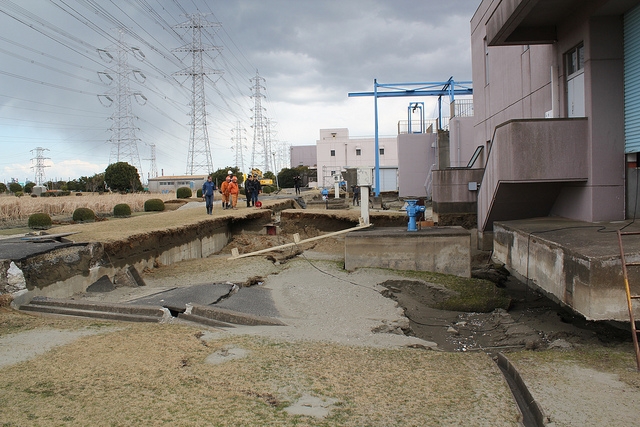Oregon State University earthquake risk assessment program identifies impacts in four scenarios
Warnings have been circulated in abundance that if the Cascadia earthquake hits, Oregon would be devastated. In the past year, multiple tools and checklists have been created to ensure preparedness. Oregon State University is jumping on board with a new online program developed for homeowners.
The Oregon Hazard Explore for Lifeline Program (OHELP) will allow users to identify risks they may face, based on damage projections in the Cascadia subduction zone. OHELP is one faction of a larger OSU program, Cascadia Lifelines Program.
“This event will likely be so severe, causing billions of dollars in damage, that it’s more than just a state or regional concern,” Scott Ashford, dean of OSU College of Engineering, and director of Cascadia Lifelines, said in a press release. “It’s one we should be preparing for on a national level. The good news is that Oregon’s state government is now moving in the right direction. We’re starting to retrofit schools, and the awareness of the issue is growing. There’s just so much that needs to be done. This is a commitment that will take decades.”
The program is free to use, and is a result of one of the first efforts to begin preparation for the earthquake.
“It’s free, and about all you need to obtain data is an address,” Ashford said. “For a more detailed and specific analysis, people may still need a consulting geologist. But we’re excited about the potential of this system to provide some important preliminary data.”
The attitude of OSU is reminiscent of Ben Kaiser, CEO of PATH Architecture, who was the first in Portland to implement earthquake prediction technology in a Portland building.


